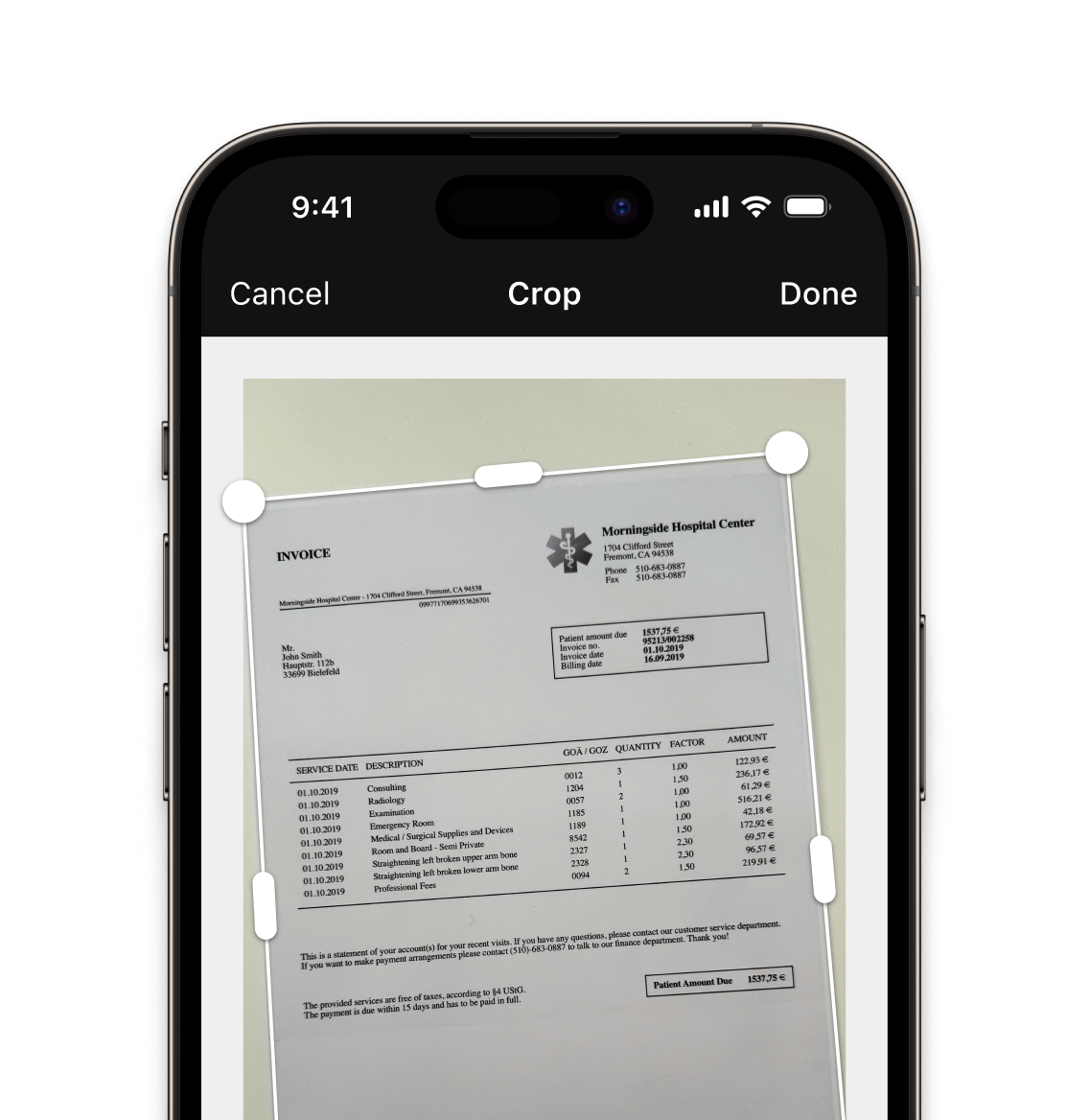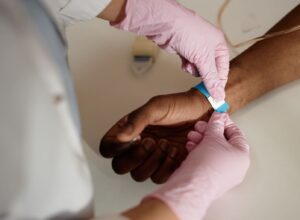Advancements in healthcare information technology, such as Electronic Health Records (EHRs) and Electronic Medical Records (EMRs), have demonstrably improved healthcare system efficiency and patient care.
However, paper medical records are still used in healthcare institutions. Some practitioners prefer to avoid the cost of going digital, or simply wish to stick with their familiar systems. The others now have to decide how to process endless ranks of paper documents, the result of years of paper-based medical data entry. With such a legacy, transitioning to electronic systems takes a systematic approach.
This article explores how modern OCR scanning enables healthcare institutions to efficiently digitize their medical records – and how to maintain HIPAA compliance while they do so.
Challenges in digitizing medical records
What happens to the paper files produced by medical data entry when institutions move to an electronic system?
After all, even just continuing to store these vast amounts of paper poses certain challenges. Storage space is costly and finite, and paper is vulnerable to physical damage or loss.
Besides, sharing and accessing these paper records is tedious, and requires manual retrieval, mailing, or faxing. Searching and analyzing data across multiple patient records is nearly impossible without huge effort. Plainly, neither patients nor their caregivers can fully benefit from EHR systems if chunks of their medical past remain so difficult to access.
Therefore, existing paper-based medical records should also be digitized. Up until recently, there have been two major approaches to this:
- Manual data entry: Healthcare workers manually enter key information straight from the paper records into an EHR system.
- Scanning: The paper records are converted into digital copies. Quality control is needed to ensure that scanned documents are complete and legible.
Although these approaches do digitize the medical records, they have shortcomings.
The first is the potential for inaccurate data, which can endanger patient safety. Manual entry is notoriously mistake-prone, but traditional scanners suffer from their own quality issues.
The second is the effort involved: Given the sometimes dubious results, both approaches require a disproportionate amount of valuable time and resources from already understaffed healthcare institutions.
To achieve the goal of centralizing all patient data in a safe, accessible place despite these challenges, healthcare institutions have turned to advanced, OCR-based scan technology.
Digitizing medical records like this is far less error-prone and more efficient.
Digitizing paper medical records with OCR
Optical Character Recognition (OCR) converts images of text into digital format. Modern OCR software can extract the relevant data as machine-readable key-value pairs. This format can easily be processed in a backend system – such as an EHR solution.
OCR technology replaces manual data entry, thus eliminating a major source of error. It is usually integrated into document scanner apps, meaning it runs on any regular smartphone or tablet – as many of them as needed. Users, meanwhile, benefit from the familiar feel of standard smart devices, which simplifies scanning for them and minimizes training time.
Not just any off-the-shelf solution will do, however – not least because of data privacy concerns.
Keeping HIPAA compliance in mind
Medical records contain protected health information (PHI) under the Health Insurance Portability and Accountability Act (HIPAA). All healthcare providers, health insurers, and healthcare clearinghouses that handle PHI must comply with HIPAA regulations.
PHI includes data that can identify a patient, such as names, birth dates, contact details, social security numbers, medical histories, and insurance data. HIPAA defines national standards to protect sensitive health information from being disclosed without the patient’s consent.
What this means for digitization is that the records have to be accessed, processed, stored, and disposed of securely.
During and after digitizing, ensure that access to physical and electronic records is limited to authorized staff. Both have to be stored securely. Electronic records have to be encrypted to be protected from unauthorized access. Authorized use should be monitored as well: To prove that the digital data is kept safe, create audit trails showing who accessed the digital records and when.
When using an OCR scanner service to digitize and extract medical information, ensure that the software doesn’t send data to third-party servers. Ideally, OCR processing happens directly on-device.
Finally, after successfully digitizing the documents, ensure the paper versions are correctly disposed of through shredding.
Introducing the Scanbot Document Scanner SDK for medical data entry
The Scanbot Document Scanner SDK delivers advanced OCR software to turn any smartphone or tablet into a powerful document scanner.

Digitize medical data easily, with features such as user guidance, automatic capture, automatic cropping, and the Scanbot SDK Document Quality Analyzer. In combination, they minimize low-quality scan submissions and ensure accurate scan results. The Document Quality Analyzer, specifically, rates input images and prompts users to retake them if their quality is too poor for OCR processing.
The SDKs work entirely offline, without connection to our or any other third-party servers. Instead of tracking usage data for billing, we offer a flat pricing model that allows for scalability.
Try it for yourself in our free demo app! If you have any questions, contact us at sdk@scanbot.io.



